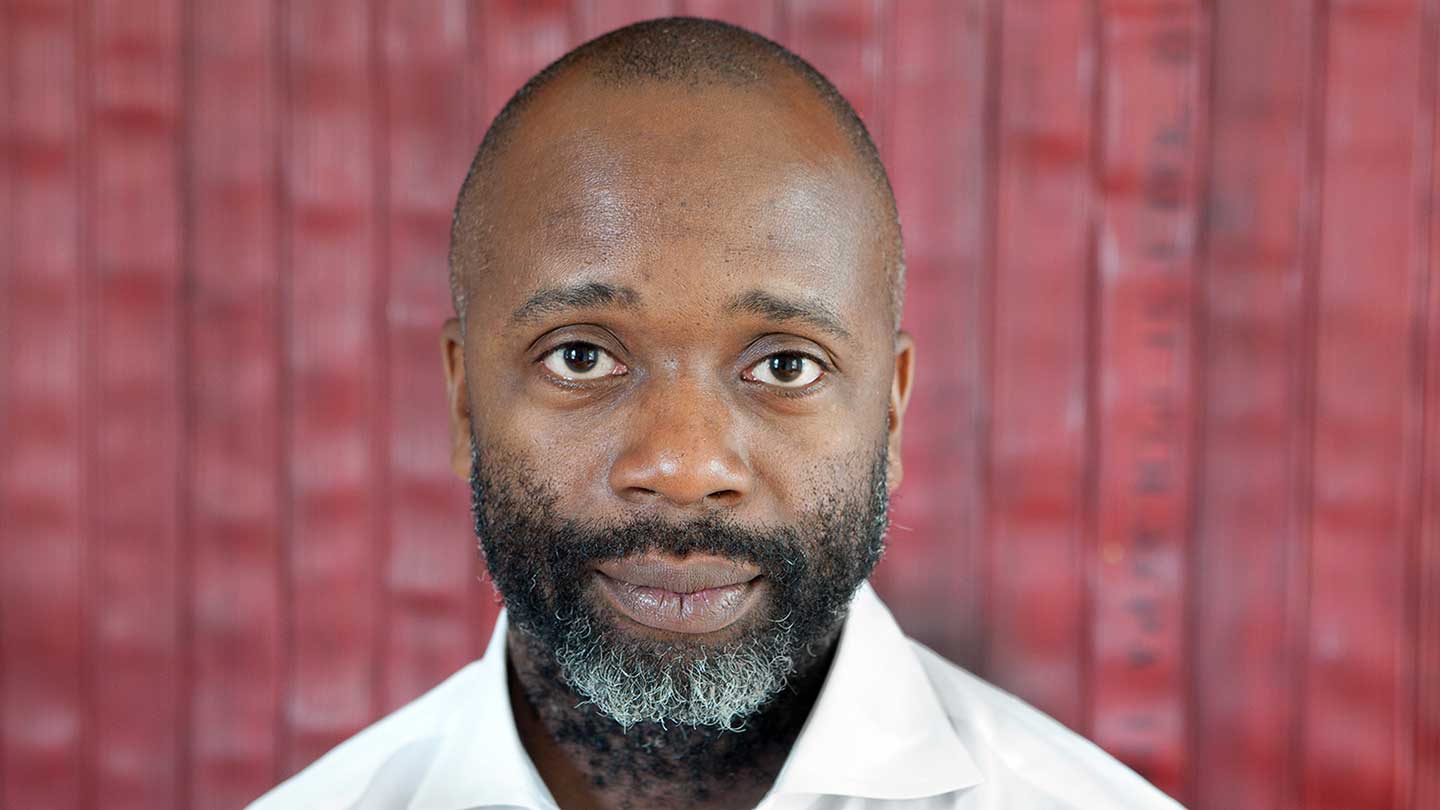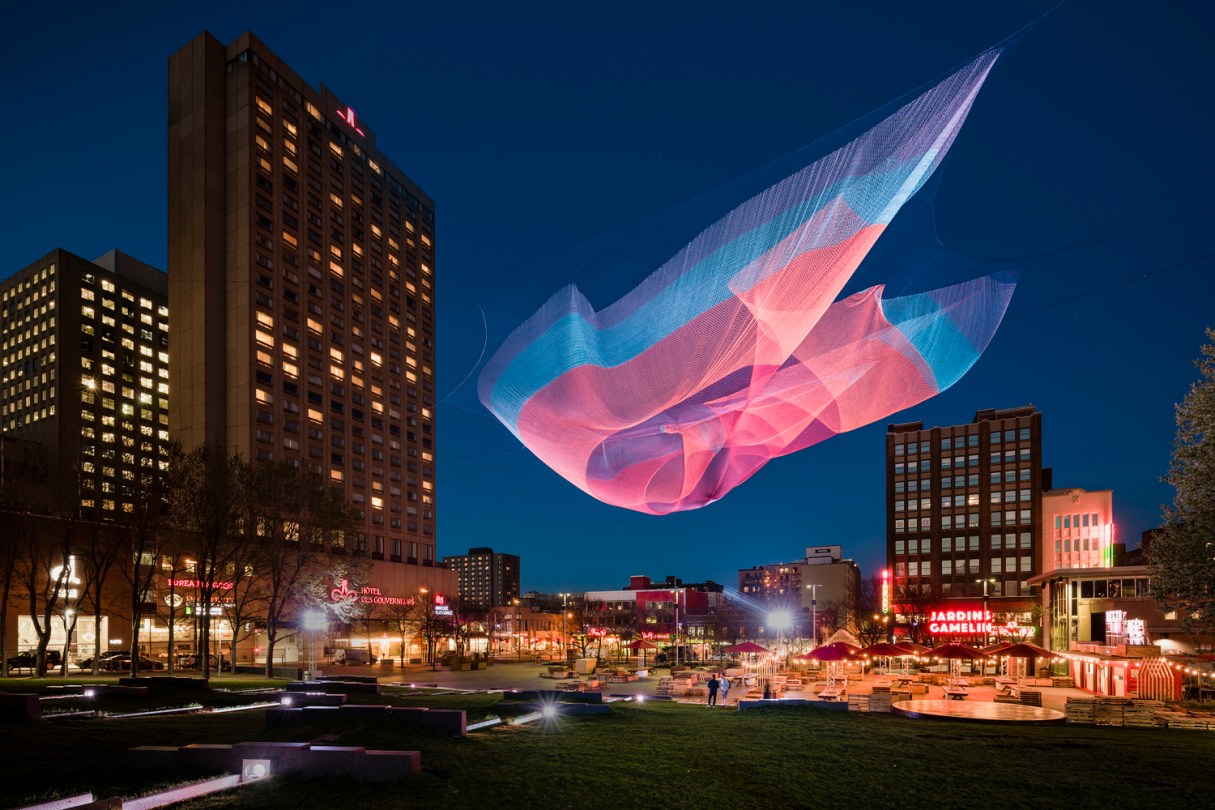One example is the Stony Island Arts Bank, a former savings bank in the Greater Grand Crossing neighborhood, that reopened in 2015 as a gallery, community center, library, and archive that contains, among many other things, the record collection that once belonged to Frankie Knuckles, Chicago’s own godfather of house music, who died in 2014. Gates converted an old Commonwealth Edison powerhouse into a sawmill to turn old trees the city had cut down into timber, which he uses in his own work and donates to other Chicago artists.
“There are hundreds of buildings that are abandoned, underfunded and underknown,” says Gates. “It’s in the place of underknowing where I feel my practice thrives.” It’s especially important to Gates that even though his work is gaining recognition among the international arts community—both the Arts Bank and the University of Chicago’s Arts Incubator in the Washington Park neighborhood have been venues for exhibitions in the Chicago Architecture Biennial, and Gates is currently preparing for an exhibition in Basel, Switzerland, that incorporates images from the Johnson Publishing archives, also stored in the Arts Bank—the buildings remain accessible to members of the community. This means being a neighbor, whether it’s showing movies on the wall of the Arts Bank, hosting barbecues, or sponsoring gospel competitions. “Our friends from around the world will come no matter what,” says Gates. “Family first.” But Gates also believes that art has more of an impact if artists and city planners work together.
“A city without a creative impulse in its bones ends up being a dry city.”
Echelman, who is based in Boston, also uses her work to bring people of a city together, but in a more ephemeral way. She creates enormous multicolored nets and curtains that appear to hover over a cityscape, like a visitation from outer space. Their appearance is highly changeable depending on the light, the wind and the weather. Sometimes she wanders around near the sites of her installations. She has observed people lying on the ground and staring up at them for hours. She has also eavesdropped on people asking complete strangers how to use their cellphones to access a sculpture’s interactive components or simply asking what they think the piece means.
“Public art provides a way for people to come together around a meaningful experience,” she says. “It has to be an authentic experience to do that. The art has to elicit curiosity to discover it. It has to have beauty to draw people in, to make people want to spend time with it.”
Echelman’s sculptures, some of which extend over several blocks, have been suspended above cities all over the world, including Boston, Montreal, Vancouver, Seattle, and Porto, Portugal. Although it takes just a few hours to install them, the planning and preparation can take months or years. Echelman always begins by spending time at the proposed installation site, studying the space and how people use it, and how it fits in with the cityscape and the infrastructure. “I want to lace into the existing architecture and reshape or recreate a place where there was mostly the in-between space and turn it into a positive,” she explains.




